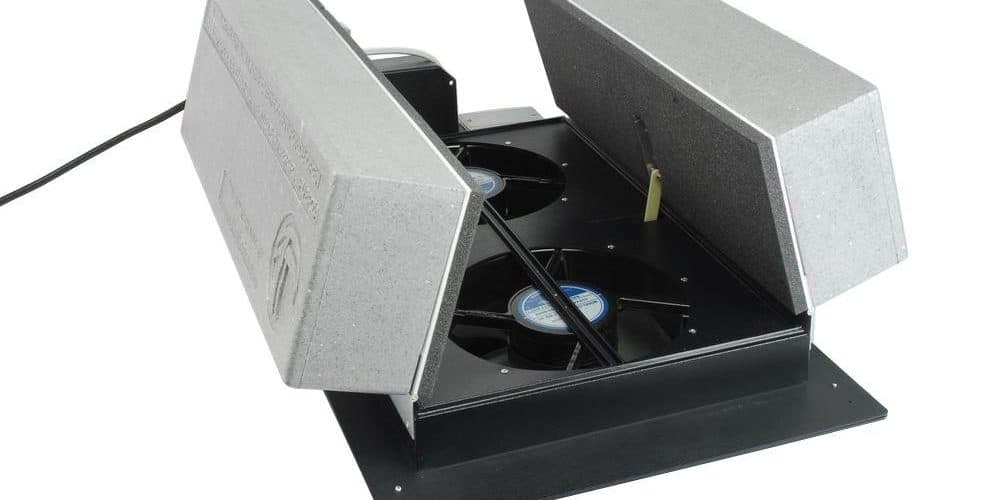If you want to save money while cooling your home, consider purchasing a whole house fan. It costs about one tenth as much to operate a whole house attic fan that cools your whole house as it does to operate a central air conditioner. Any time the air outdoors is cooler than the air indoors, you can use the whole house window fan to bring in that cooler air, and turn off your air conditioning. The savings you realize from leaving your air conditioner off can add up to thousands of dollars a year, and while you are saving money on utility bills, you will also be cooling your home in a more environmentally friendly manner.
Because the cost of energy has been going up, and it does not appear that it will go down for quite some time, using a master whole house fan instead of air conditioning makes good economic sense. Your investment for the fan will pay for itself quickly, and it will increase the value of your home. A 5-ton central air conditioner uses about 6000 watts of electricity an hour, but a whole house ceiling fan uses 800 watts or less per hour, depending on the size of fan you select. Fans that cool the whole house are inexpensive when you consider the savings you will have on your air conditioning costs. The fans range in price from around five hundred dollars to fifteen hundred dollars per fan, according to the size you choose. If your home is large, you might want to install more than one fan for maximum cooling efficiency. A representative from a company that sells whole house exhaust fans can help you determine the size you will need according to the dimensions and location of your home.
Whole house ventilation fans are available with two speeds, high for cooling your home quickly, and low for slower and quieter air movement after it is initially cooled. If you want more selections, you can choose a variable speed fan. For added convenience and efficiency, you can get a timer on the fan switch so it will automatically shut off at the times you select.
Most fans have louvers that open automatically while they are running. If they are installed properly and kept in good condition, automatic louvers should be satisfactory. However, if you prefer, motorized louvers are available.
If you like to do home improvement projects yourself, you should be able to handle the installation of a insulated whole house fan, although it might be necessary to employ a licensed electrician to install the switches. When you purchase the fan, you will receive detailed instructions for installation.
If you have a two story house, the ceiling of a stairway is a good location for your whole house cooling fan. A hallway in the center of the house is the best place for installation in a one story home. You should always have two or more windows open while the fan is operating. If you have more windows open, you will have less air coming in through each window. When fewer windows are open, there will be a stronger breeze coming in each of those open windows.
An ordinary central air conditioning unit does not cool the top floor of a two story house very effectively. Drive through neighborhoods with older two story houses, and you will notice window air conditioners in several upper bedroom windows of most of the houses, even though they have central air conditioning. A whole house fan will draw cool air in through every open window and cool the upstairs as well as the downstairs, so it may not be necessary to use extra window air conditioners for the upper floor.
A whole house fan should not be confused with an attic fan. While a whole house fan cools the entire house when the outside air is cooler than the inside air, typically in the evenings, nights and mornings, an attic fan runs during the hot part of the day and blows the hot air out of the attic, but it does not blow air through the entire house. By eliminating hot air from the attic, your home will be slightly cooler because of the attic fan, but you will still need to cool the air in your living area.
As with most good things, there are a few drawbacks to using whole house fans. They do not rid your home of humidity, and they do not prevent dust from blowing in the windows while they are running, so you may need to vacuum more frequently. However, the fresh cool air breezing through your home and lower energy bills should more than compensate for that slight inconvenience. In the past, some of the older fans were noisy when they were running, but now you can buy them engineered or installed to run quietly, so you can leave them on when you sleep, and noise should not be a problem.
<>



